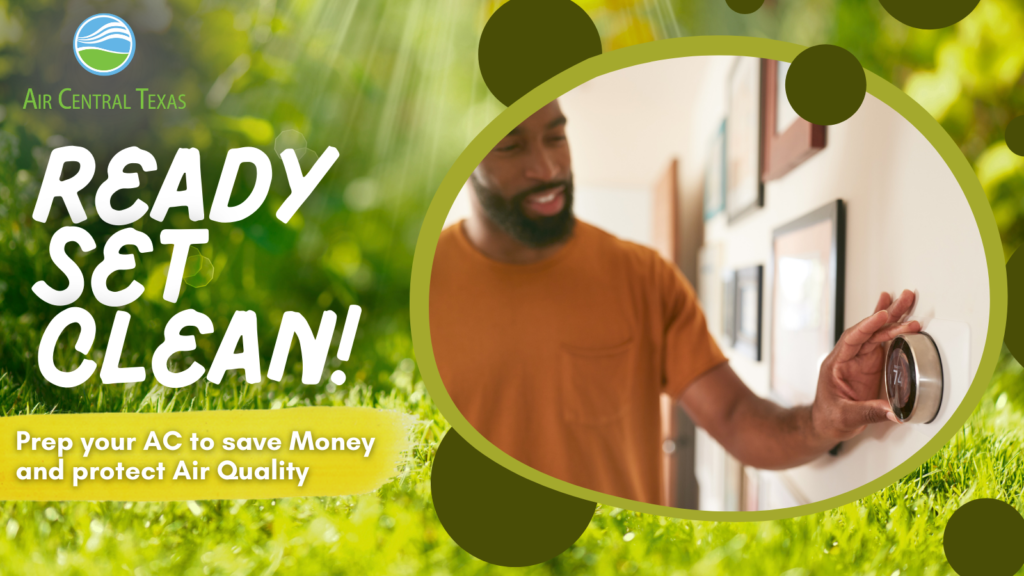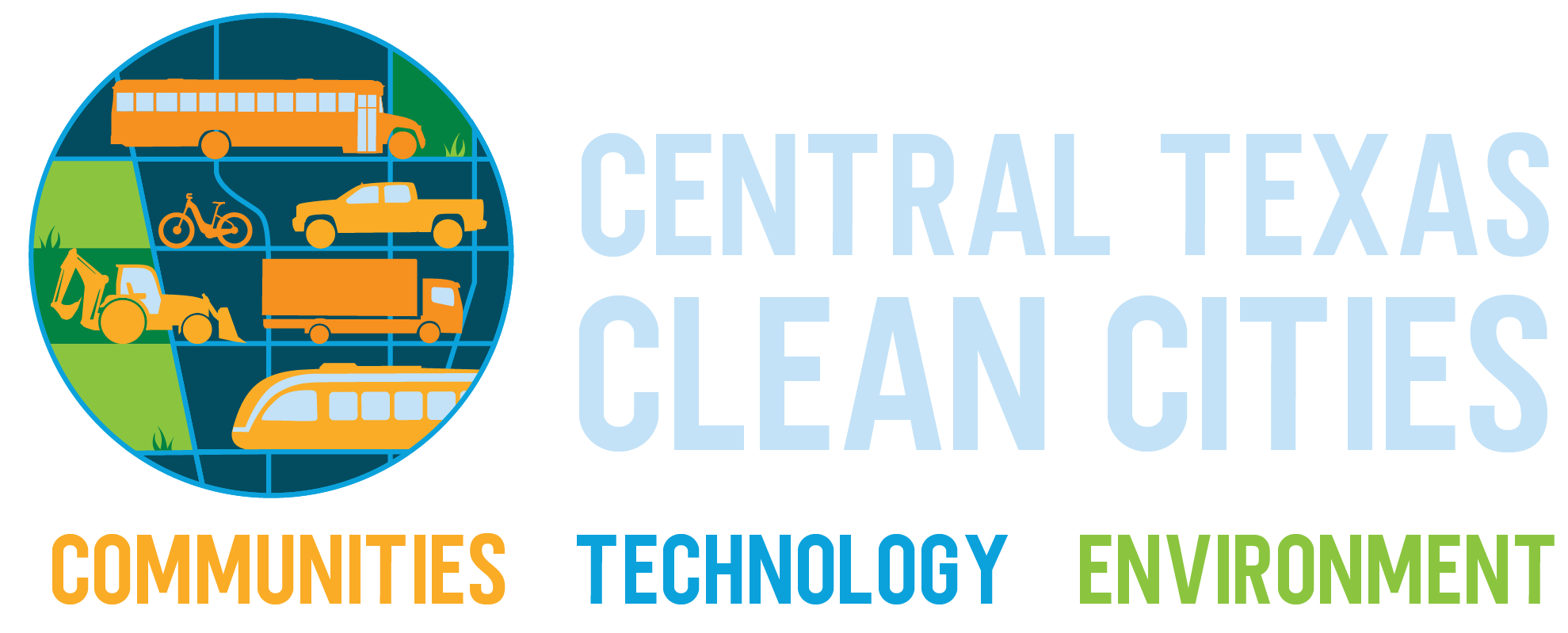
The federal transportation industry is undergoing a policy shift, moving away from strong federal government support for electric vehicles (EVs). On January 20, 2025, President Trump signed Executive Order 14148, which revokes several clean energy initiatives from the previous administration. Section 2 of this order marks a significant change in federal policy by scaling back key provisions specific to vehicles and tailpipe emissions, including:
Sources: Transportation Technologies; Executive Order
What does this mean for Texas fleets considering switching to alternative fuel vehicles (AFV) or electric vehicles (EVs)?
While this policy shift will reduce federal EV funding and incentives, it does not signal the end of EV or alternative fuel adoption in Texas. While we don’t yet know the full scope of changes, we do know that Texas is a national leader in energy production, providing about one-fourth of the country’s domestically produced primary energy.
From ethanol to renewable natural gas, Texas is a producer. This makes these fuels and electricity more available and less expensive than in other areas of the country. This gives Texas businesses and municipalities compelling reasons to pursue cleaner domestic transportation options—regardless of federal policy shifts.
Fleet technology transitions should never be a spur-of-the-moment decision. Users should be motivated by the long-term economic benefits of reduced fuel costs and potential efficiency gains, reinforcing reasons for the transition beyond just regulatory or internal policy compliance. Effective policies are supported by continued stakeholder engagement to understand their financial and logistical realities.
The Road Ahead
Despite challenges and federal changes, the shift towards cleaner transportation will continue, and EVs still play a significant role.
Take the City of Austin, for example. A pioneer in alternative fuels, Austin is now in year five of its 20-year plan to make 40% of all fleet miles electric by 2040. The city is preparing to launch two pilot programs in 2026 to test the operational performance of battery-electric police pursuit vehicles and refuse trucks. This phased approach highlights that meaningful change takes time.
And see where TxDOT has been using NEVI funds to fill in gaps between existing public charging on major corridors throughout the state to extend the range of electric vehicle travel in Texas: TXDOT’s next 29 public EV chargers.
For any fleet, the transition to alternative fuel or EV vehicles can be both a challenge and a strategic and economic opportunity. Texas remains a hub for alternative fuel production, research, and innovation in efficient transportation technologies.
Can Texas lead the way in successful alternative fuel adoption?
CTXCC and other Clean Cities Coalitions across Texas are committed to supporting fleets in exploring alternative fuels and electrification. We are here to provide fuel-neutral guidance and help fleets determine whether AFVs or EVs can improve their operations.
Texas’s cleaner fuel adoption is also supported by the Texas Commission on Environmental Quality’s (TCEQ) Texas Emissions Reduction Plan (TERP). Currently the legislature is in session and will develop updates and changes to the TERP programs Updates will follow beginning this summer.

Transitioning to alternative fuel lawn and landscaping equipment offers numerous advantages over traditional gasoline or diesel-powered equipment and tools. Switching to alternative fuels like propane or electric has never been better, with improving performance and advances in technology. This Earth Day, consider making the switch to propane or electric landscaping equipment. Compared to diesel and gasoline-powered tools, electric and propane equipment offer significant environmental and economic benefits:
Sources: (afdc.energy.gov, mass.gov, epa.gov)
By choosing electric or propane alternatives, landscaping professionals and homeowners can cut costs, reduce pollution, and create a healthier outdoor environment!
Check out the study below:

This Earth Day you can help to reduce emissions by adding heating, ventilation, and air conditioning (HVAC) maintenance to your spring-cleaning list! BKV Energy says HVAC systems use the most electricity in your home, especially during the summer in Texas when temperatures can be over 95 degrees Fahrenheit, so it’s important to keep your AC unit running as efficiently as possible.
You can keep your HVAC system running efficiently by following these maintenance tips:
You can also take these steps to reduce your HVAC electric usage:
Learn more about how to save energy and energy saving rebates at Air Central Texas.
Subscribe to our newsletters for the latest updates, events, and insights.


A U.S. Department of Energy designated coalition in the Clean Cities and Communities partnership.